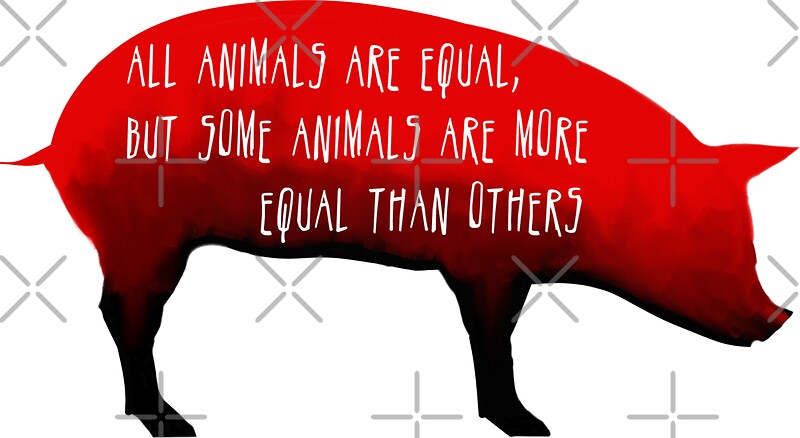“The Lottery” is a rather well known short story written by Shirley Jackson. The story revolves around a village performing their annual “lottery” that essentially decides who is going to be sacrificed so that the town will have a good harvest. The story was written in 1948 which locates it a few years after the end of World War II and in the beginning stages of the Cold War. This is a time when anxieties about the conflict are skyrocketing in both countries.
Simply locating the story within a timeframe is not enough for new Historicism though, as its goal is more complex. Tyson describes one of the ways new Historicism is distinguished from the traditional “New historicism is concerned not with historical events as events, but with the ways in which events are interpreted, with historical discourses, with ways of seeing the world and modes of meaning”(Tyson 278). “The Lottery” focuses on the anxieties and events surrounding the Cold War and Jackson uses them to show the conflict and discourse between the U.S. government, and the average U.S. citizen of the time.
 |
| Shirley Jackson's "The Lottery" |
The way that the lottery functions is that one of many strips of paper is marked with a black dot, and then they are all put into a specific black box which has been used for years, and then the next day the box is drawn from to select a family, and then a family member. The “winner” of the lottery is then stoned to death by every man, woman, and child of the village together. This system is the closest thing there is to an authority or system of government in the story. It is mentioned that there are other villages and that these villages also partake in the lottery, so it is not just a random phenomena. The lottery may reflect a general anxiety and distrust in fellow citizens felt among all at that time, but I believe it more specifically is referring to the government’s distrust among its population and those in power, and the beginning of Mccarthyism. The government was seeking to maintain an idealised version of the United States and the “American Lifestyle™” and through their attempts at protecting their conceptualization of the world, harmful laws and legal events occured. The villagers, on the other hand, are simply “victims of the machine” and only want to survive, and have enough crop to survive. Among the villagers there are even those who distrust the lottery and wish to end it “‘They do say,’ Mr. Adams said to Old Man Warner, who stood next to him, ‘that over in the north village they're talking of giving up the lottery’” (Jackson). Old Man Warner promptly replies that “There’s always been a lottery”(Jackson) and dismisses him. The villagers only partake in the lottery because they feel trapped, they have never known a life without it and believe that if they do not participate they will have insufficient crops to feed themselves. The villagers take part in the lottery for survival. Jackson interprets the U.S. population’s fear at the time of the potential conflict and contrasts it against the government’s idealized values and willfulness to strike against its own people through the conflict between the villagers and the tradition of the lottery. “‘It isn't fair, it isn't right,’ Mrs. Hutchinson screamed, and then they were upon her” (Jackson).






